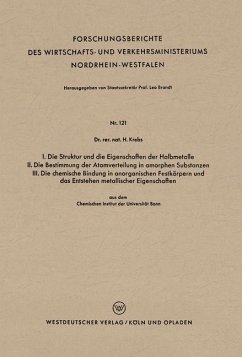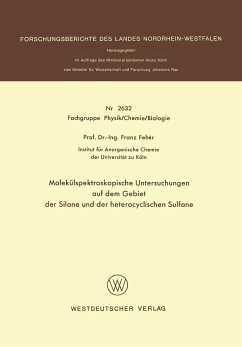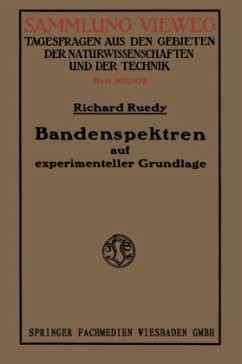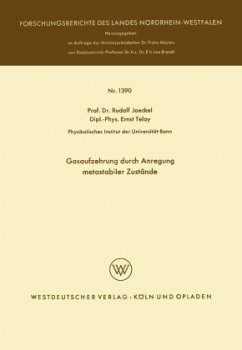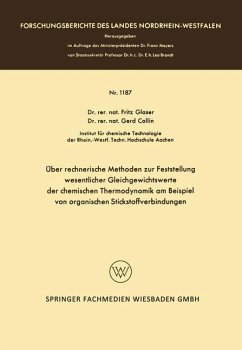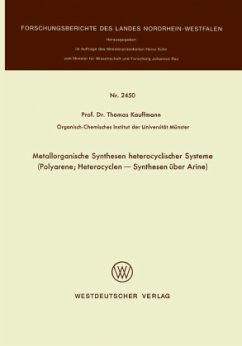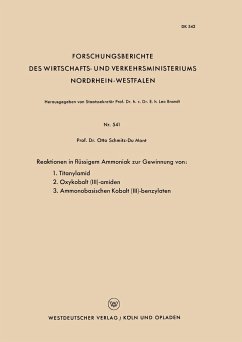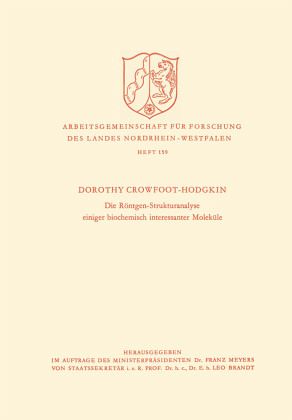
Die Röntgen-Strukturanalyse einiger biochemisch interessanter Moleküle

PAYBACK Punkte
0 °P sammeln!
The report deals with the experiences of the author in respect of the structural analysis by means of X-rays of some molecules of medical and biochemical interest. In the first instance a general explanation is given of the development of structural X-ray analysis to its present-day importance. The systematic course of such a structural analysis has been demonstrated in its most important steps with penicillin and a few compounds of the vitamin B group as examples. 12 Resume L'expose traite des experiences de l'auteur dans la definition structurelle radioanalytique de quelques moIecules intere...
The report deals with the experiences of the author in respect of the structural analysis by means of X-rays of some molecules of medical and biochemical interest. In the first instance a general explanation is given of the development of structural X-ray analysis to its present-day importance. The systematic course of such a structural analysis has been demonstrated in its most important steps with penicillin and a few compounds of the vitamin B group as examples. 12 Resume L'expose traite des experiences de l'auteur dans la definition structurelle radioanalytique de quelques moIecules interessantes au point de vue medical et biochimique. Apres avoir generalement explique, d'abord, l'evolution de l'analyse structurelle radiographique jusqu'a son degre d'importance actuel, l'auteur trace le cours systematique d'une teIle definition structurelle dans ses etapes les plus importantes, prenant pour exemple la penicilline et plu sieurs combinaisons du groupe vitamine B 12 Diskussion Professor Dr. phil. Fritz Micheel Es ist nicht uninteressant, den Einfluß der Röntgenstrukturanalyse auf die Strukturermittlung organischer Verbindungen rückschauend zu überblicken. In den Anfängen der Röntgenstrukturanalyse (in den zwanziger Jahren) war es sehr überraschend, daß die Cellulose eine kristalline Struktur besitzt. Als hochmolekularer Naturstoff galt sie in der Chemie bis dahin als amorph.





